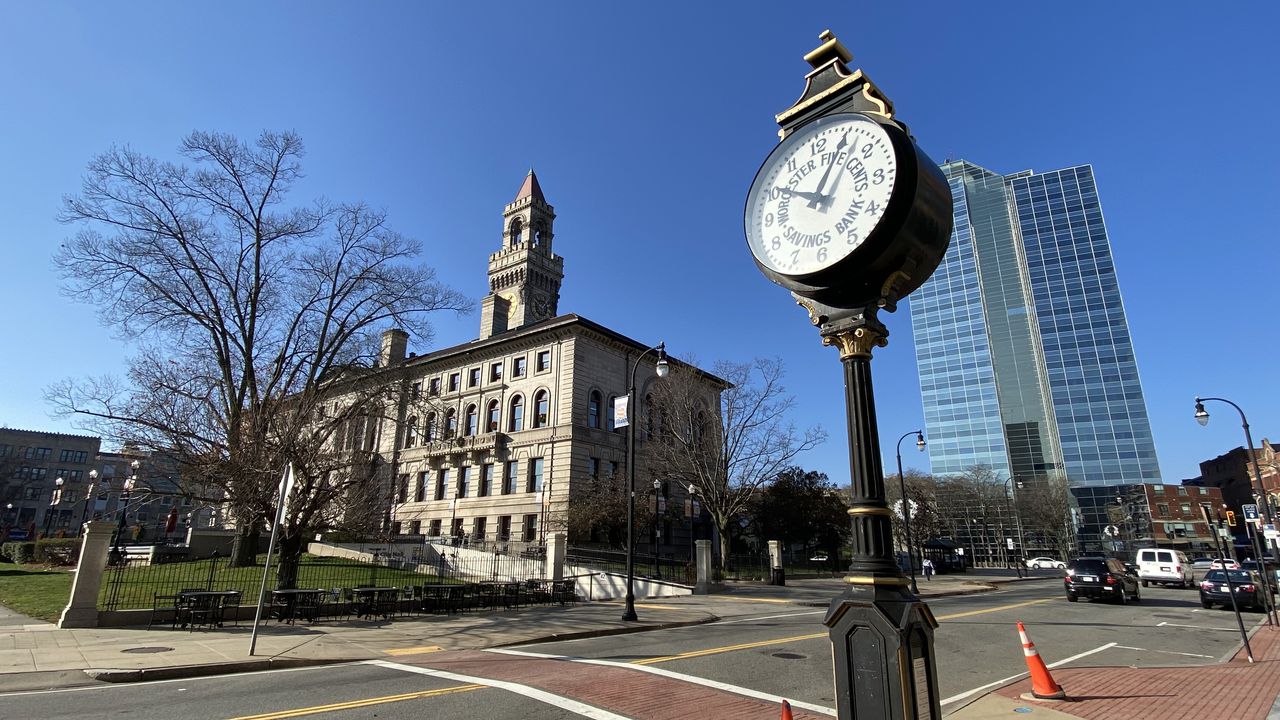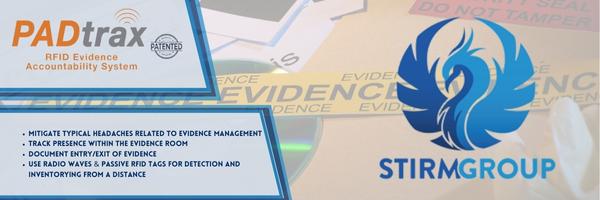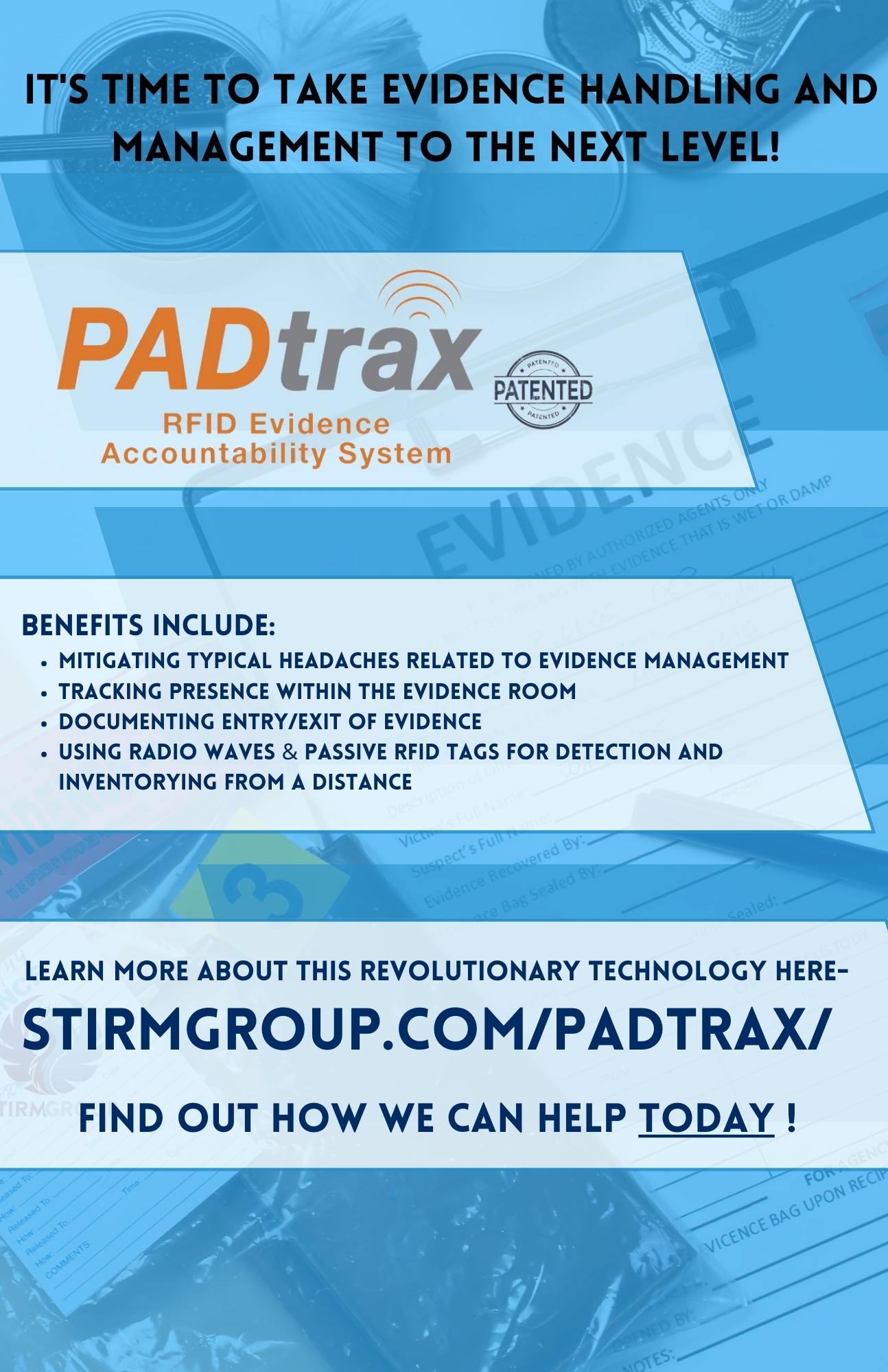
Worcester received a $4.1 million grant from the U.S. Department of Housing and Urban Development for lead hazard reduction funding intended to be used for qualified property owners across the city, a statement on Tuesday said.
“This award provides an incredible opportunity for the city of Worcester and local partners to work together to address home health conditions,” City Manager Eric Batista said in the statement. “I want to thank the Office of Economic Development and its housing division for their efforts to secure this grant, which will enable the division to continue its critical work in helping protect children and their families from health and safety hazards in their home.”
Described as the largest award that Worcester has ever received “for the abatement of lead paint hazards,” it will be used to address lead hazards in 165 housing units meant to be “safe homes for low-income families with children.”
This work will be done in collaboration with local partners, such as UMass Memorial Children’s Medical Center, the Southeast Asian Coalition, Worcester Housing Authority, CENTRO and Worcester Head Start, the city said.
- Read more: After homelessness, Worcester Housing Authority program helps woman become financially stable
“This funding, combined with other local, state, and federal resources, will strengthen the foundation of existing efforts and lead to a sustainable, community-wide effort to combat the effects of childhood lead poisoning and home health conditions and help provide the city’s children a safe place to call home” said James Brooks, Director of Housing Development and Healthy Homes, said in the statement.
The city’s housing stock includes a large percentage from the era of the Industrial Revolution, between 1880 and 1920, the city said. Most of that stock was multi-family housing and used to house factory workers. The large percentage of deferred maintenance on housing later required rehabilitation to make homes healthy and safe for young children.
“The city currently has a 61% initial screening rate, which is lower than the state average of 70%, and remains a high-risk community for childhood lead poisoning,” the city said. “Massachusetts requires all children to be tested between nine to 12 months, and at two and three years of age. All children are required to be tested prior to entering daycare, prekindergarten or kindergarten.”






